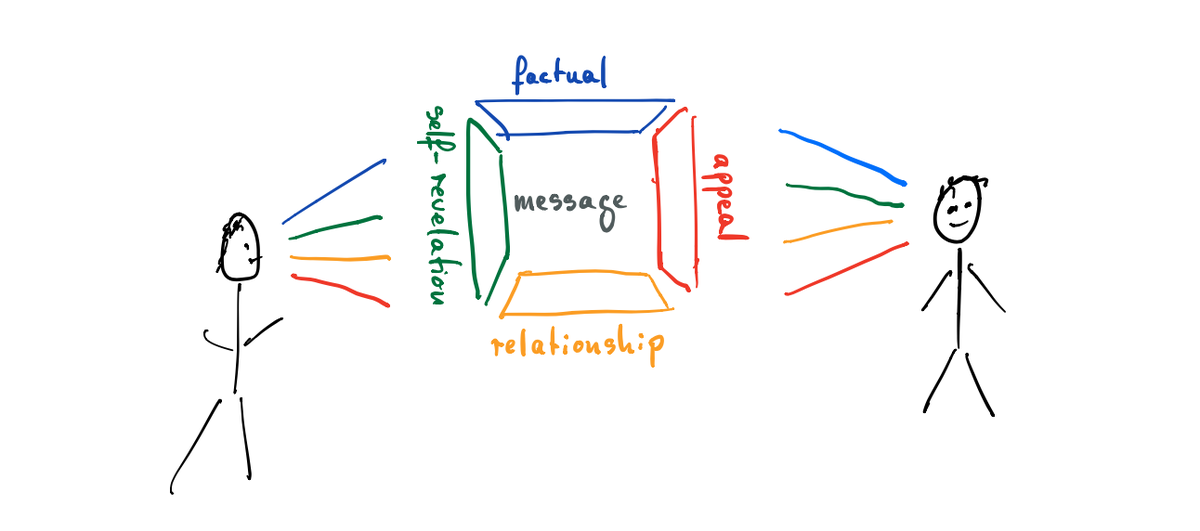
1/8
Very roughly, why @giorgioparisi's @NobelPrize is relevant to #ErgodicityEconomics.
Giorgio Parisi's best-known work in statistical mechanics is in the area of spin glasses.
Real glasses are sort of liquids but they flow very slowly. If you look at a very old window pane..
Very roughly, why @giorgioparisi's @NobelPrize is relevant to #ErgodicityEconomics.
Giorgio Parisi's best-known work in statistical mechanics is in the area of spin glasses.
Real glasses are sort of liquids but they flow very slowly. If you look at a very old window pane..
2/8
..in a church, say, you will see that it's thicker at the bottom. That's because the glass has flowed down. The glass wants to flow and lower its energy but its internal disordered structure makes that very hard.
Spin glasses model this. They are systems which take a very...
..in a church, say, you will see that it's thicker at the bottom. That's because the glass has flowed down. The glass wants to flow and lower its energy but its internal disordered structure makes that very hard.
Spin glasses model this. They are systems which take a very...
3/8
...long time to find their ground state, i.e. the state of minimum energy.
On humanly relevant time scales -- decades or centuries -- such systems may just not equilibrate.
When ergodicity holds, time averages are identical to expectation values. This requires a system...
...long time to find their ground state, i.e. the state of minimum energy.
On humanly relevant time scales -- decades or centuries -- such systems may just not equilibrate.
When ergodicity holds, time averages are identical to expectation values. This requires a system...
4/8
...to equilibrate so that over time, its possible states are sampled at frequencies which equal the probabilities under the equilibrium distribution.
Spin glasses effectively break ergodicity, just by their slowness.
But there's another way in which they break ergodicity.
...to equilibrate so that over time, its possible states are sampled at frequencies which equal the probabilities under the equilibrium distribution.
Spin glasses effectively break ergodicity, just by their slowness.
But there's another way in which they break ergodicity.
5/8
A spin-glass model usually entails two types of randomness, quenched and thermal.
The quenched randomness is frozen and specifies a particular system out of an enormous statistical ensemble of similar systems. This ensemble is typically not explored at all by the dynamics..
A spin-glass model usually entails two types of randomness, quenched and thermal.
The quenched randomness is frozen and specifies a particular system out of an enormous statistical ensemble of similar systems. This ensemble is typically not explored at all by the dynamics..
6/8
...of the system. Instead, the (thermal) dynamics allows the one particular system to walk around in its space of possible configurations.
Each instance of a spin glass is thus trapped in its own universe, without access to its parallel clones.
...of the system. Instead, the (thermal) dynamics allows the one particular system to walk around in its space of possible configurations.
Each instance of a spin glass is thus trapped in its own universe, without access to its parallel clones.
7/8
The study of spin glasses is all about ergodicity and ergodicity-breaking: what can we learn from the multiverse of possible glasses about the properties of the one instantiation?
This is where @giorgioparisi's work shines.
In our work on #ErgodicityEconomics, we make...
The study of spin glasses is all about ergodicity and ergodicity-breaking: what can we learn from the multiverse of possible glasses about the properties of the one instantiation?
This is where @giorgioparisi's work shines.
In our work on #ErgodicityEconomics, we make...
8/8
..liberal use of the concepts and mathematical techniques developed here.
An astonishing connection is a mapping, sketched here
arxiv.org/abs/1802.02939
between the random-energy model (the simplest spin-glass model) and partial-ensemble averages in geometric Brownian motion.
..liberal use of the concepts and mathematical techniques developed here.
An astonishing connection is a mapping, sketched here
arxiv.org/abs/1802.02939
between the random-energy model (the simplest spin-glass model) and partial-ensemble averages in geometric Brownian motion.
• • •
Missing some Tweet in this thread? You can try to
force a refresh








